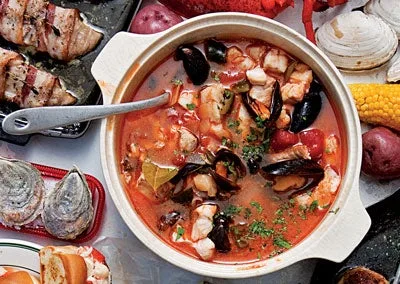by NaKenge Adisa and Tanya Morning Star
The French notion of terroir represents a trinity of human tradition, natural environment, and varietal expression, with the grape serving as the liaison between people and nature. Indigenous to the Northern Rhône Valley, Syrah is a storyteller, and Washington State producers that craft wines with the variety use techniques long proven by their French counterparts—among them open-vat and ambient-yeast fermentation and barrel aging—to tell a story of place. As Washington enters an age of maturity, extraordinary wines are being made.
Syrah is thick-skinned, producing intensely pigmented and tannic wines that can embody tremendous textural power juxtaposed with moderate alcohol and acidity. Aromatically, the grape is typified by blue and black fruits, pepper, violets, exotic spice, herbs, and olives. Its reductive nature imparts aromas of smoked, gamey meats, resulting in compelling wines of force, finesse, and complexity.
The steep vineyards of the Rhône and the sometimes lunar-like landscape of Eastern Washington were both created by dramatic aquatic events that resulted from melting ice. Both contain igneous rocks and alluvial stones and experience wide diurnal temperature ranges, but Eastern Washington is exceedingly extreme: It sits in the rain shadow of the Cascade Mountains, enjoying intense sunshine and clear skies. The vineyards of the Northern Rhône follow a narrow strip 30 miles long and sometimes just 600 meters wide, while the terroirs of Washington cover an area nearly 150 miles squared.
A tasting of the following wines was designed to investigate how the elements of
This Article was originally published on The SOMM Journal





